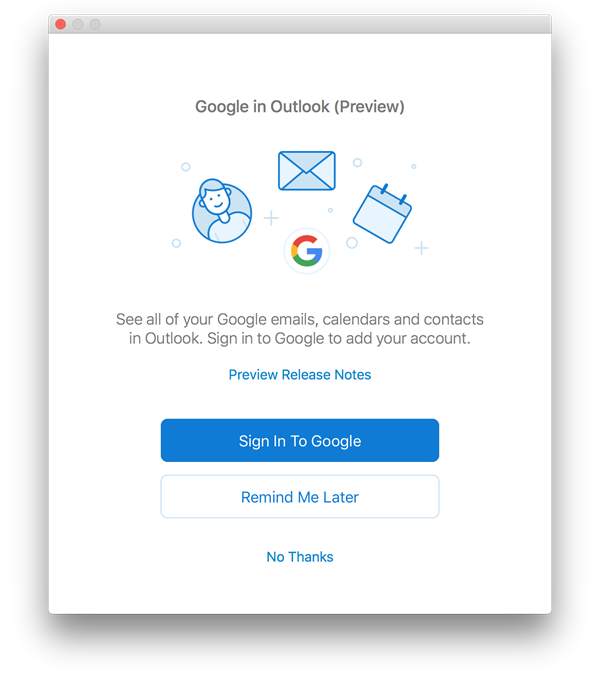Repair For Mac Hard Drive
Bad sectors are areas of the hard drive that do not maintain data integrity. They are automatically masked by the operating system and thus hard to identify, especially if large amounts of the disk are currently in use. If you actually run into bad sectors, however, that certainly is a bad sign.
Firefox focus for windows. Steps to Install Firefox Focus using BlueStacks • Download and install BlueStacks emulator. Once you have selected the Emulator, it is time to proceed with installation of Firefox Focus game inside emulator on your laptop or desktop computer (Windows or Mac). Bluestacks is one of the best available emulator that supports: • Windows 10 • Windows 8 • Windows 7 • MacOS Other emulator is NoxAppPlayer, which is equally good and also support both Windows and Mac.
Mac G4 Hard Drive
Since then, no icon appears when I plug it into my Mac, and no light/no sound at all. Office for mac 2016 excel not opening files. Can I recover any of my files from it?
Alternatively, paid options like ($20 per Mac) or ($31 for all home computers) will quickly restore access to your NTFS volumes.  Connect Your Drive and Check /Volumes/ All connected and mounted volumes will show up in your /Volumes/ folder. Launch Finder and in the menu bar, click Go > Go to Folder. Then type /Volumes/ and hit Enter. You’ll be taken to a folder that shows you all mounted drives and disk images. If you find your drive here, try accessing it. If you’re used to seeing (or would rather see) your drive appear on your desktop, launch Finder and in the menu bar head to Finder > Preferences > General.
Connect Your Drive and Check /Volumes/ All connected and mounted volumes will show up in your /Volumes/ folder. Launch Finder and in the menu bar, click Go > Go to Folder. Then type /Volumes/ and hit Enter. You’ll be taken to a folder that shows you all mounted drives and disk images. If you find your drive here, try accessing it. If you’re used to seeing (or would rather see) your drive appear on your desktop, launch Finder and in the menu bar head to Finder > Preferences > General.
Mac Hard Drive Repair Software
Once the process is done, you can see all files listed in the scanning result. Double click to preview the files in detail. Then, select those you need and hit the Recover button. From the above, you must know how easy to fix Mac disk trouble and recover data from hard drive on Mac. So next time when you see the trouble signs on Mac, just do as the above guide shows you.
First Aid tool will check the disk for errors and then attempt a repair as needed. It helps to verify and repair a range of issues related to startup HD and external drive problems. If you are able to fix the hard drive or SSD in your Mac (or an external drive) using Disk Utility you will hopefully be able to recover your files. Microsoft word for mac 2011 save as dialog extends off of screen bottom. To run Fist Aid on an external hard drive: • Open Disk Utility.
If one Mac has FireWire and the other has Thunderbolt, you’ll need a Thunderbolt to FireWire adapter. Once connected, boot from the second (properly working) Mac and put the problem Mac in Target mode (by holding down the T key at startup). The Target Mac should now appear as an external drive to the startup Mac. You can now attempt to repair it via Disk Utility. Boot from Internet Recovery Mode uses a combination of code stored in your Mac’s firmware and a net-boot image stored on Apple’s servers to boot your Mac. The startup screen that appears when you start up in Internet Recovery mode. To enter Internet Recovery mode, hold down the Command-Option-R keys at startup.
But let’s assume it doesn’t. So what do you do instead? That depends on what Macs you own, how you have set them up, and what other precautions you may have taken prior to the start of the trouble. First things first, if you don’t have a recent backup, make one now. But be careful.
This is the easiest way to repair your Mac’s hard drive. Use Your Repair Disc If you happen to have a repair disc or USB drive then you can go ahead and use this.
This is an easy fix but you can find more information in out. To check to see if you have to clean your hard drive, hit the Apple Logo on your system menu bar, choose “About This Mac’, click “more info, and then click ‘Storage’. This will give you a brief overview of not only how much space you’re using, but also what you’re using it for. REALLY Clean the Hard Drive. If you pop open the back of your Mac and you see dust that may be your issue Another issue to consider is that your Mac might literally be dirty. Purchase a can of spray air and spray out the vents on your Mac to ensure that it is clean. If you still have issues and have no qualms about taking your computer apart, consider taking off the back panel and swabbing the entire computer out with dry cotton balls or Q-tips.
Then, open System Preferences > Time Machine and select the “Show Time Machine in menu bar” checkbox. If Disk Utility offers you to run diagnostics, simply click Run.